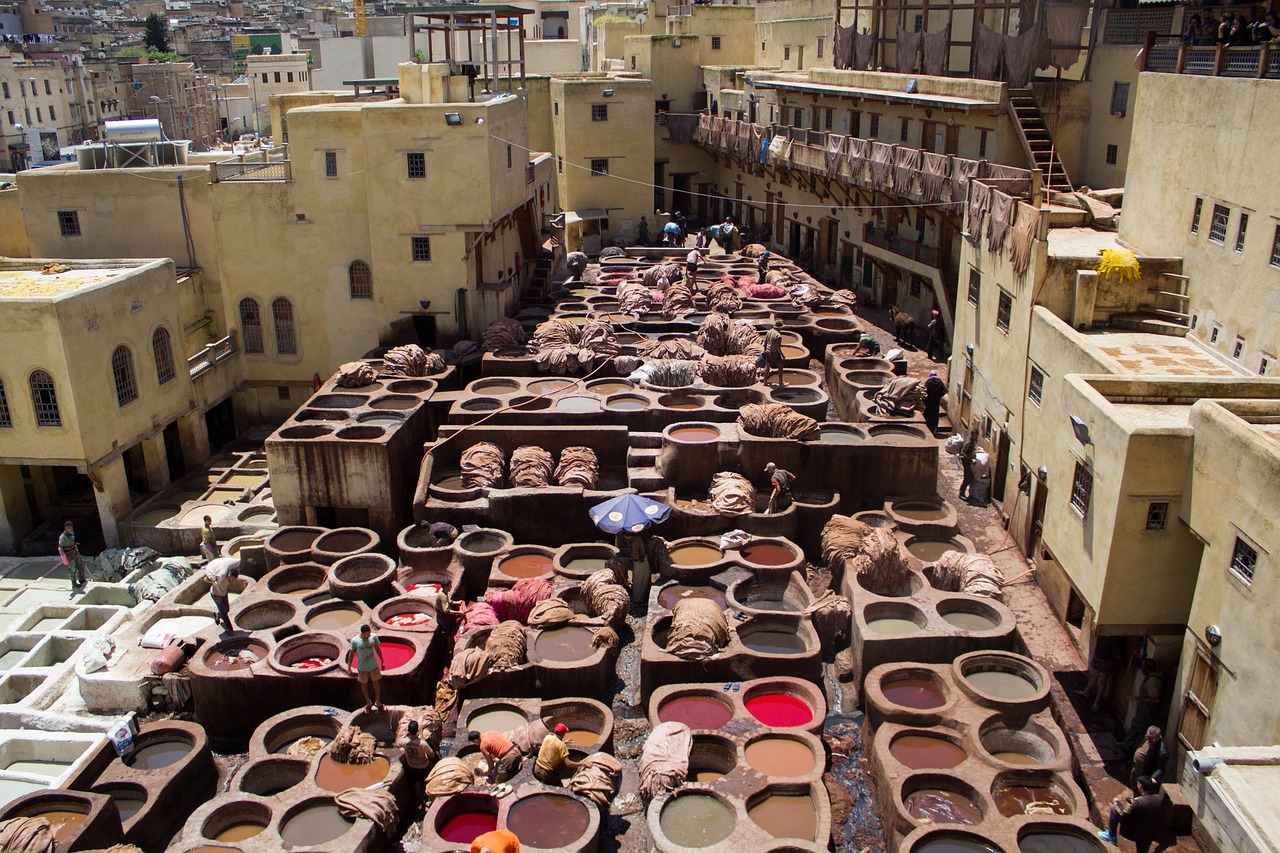
Introduction: A Beacon of Knowledge in the Heart of Morocco
Nestled in the cultural landscape of Morocco, Fez stands as a testament to human intellectual achievement, a city that has long been recognized as a cradle of scientific discovery and scholarly excellence. At the heart of this remarkable city lies Al-Qarawiyyin University, an institution that holds the distinguished title of the world’s oldest continuously operating university, a beacon of learning that has illuminated the path of knowledge for over a millennium.
Founded in 859 AD by Fatima al-Fihri, a visionary woman whose commitment to education would reshape the intellectual landscape of the Islamic world, Al-Qarawiyyin University represents far more than an educational institution. It is a living monument to scientific inquiry, philosophical exploration, and the preservation of human knowledge. This extraordinary center of learning has played a crucial role in the development of science, philosophy, and Islamic scholarship, bridging cultures and advancing human understanding in ways that continue to resonate today.
“If you would like to explore Morocco in greater depth, I recommend checking out this [digital guide about Morocco] https://payhip.com/MoroccoTravelGuide. Please note that this is an affiliate link, which means I may earn a small commission at no extra cost to you.”
“Knowledge is the light that guides humanity through the darkness of ignorance.” — A sentiment embodied by the scholars of Fez

The Remarkable History of Al-Qarawiyyin University
A Pioneering Foundation
The story of Al-Qarawiyyin University begins with an extraordinary act of scholarly dedication. Fatima al-Fihri, a Muslim woman of remarkable vision, established the university as a religious and educational institution that would become a cornerstone of intellectual achievement. Her vision extended far beyond the typical boundaries of her time, creating an institution that would become a global center of learning.
The Islamic Golden Age: A Period of Unprecedented Intellectual Flowering
During the Islamic Golden Age, Al-Qarawiyyin University emerged as a critical hub of scientific and philosophical innovation. The university’s curriculum was revolutionary, encompassing a wide range of disciplines that would lay the groundwork for future scientific discoveries:

Curriculum: A Multidisciplinary Approach to Knowledge
Mathematical Innovations
The mathematicians of Al-Qarawiyyin were pioneers in their field. They made significant contributions to algebra, geometry, and number theory that would influence mathematical thinking for centuries to come. Scholars here were not just calculating — they were reimagining the very language of mathematical thought.

Astronomical Achievements
Astronomy at Al-Qarawiyyin was more than mere observation. Scholars developed intricate astronomical instruments, created complex calendar systems, and mapped celestial bodies with a precision that was centuries ahead of their time. Their work bridged the gap between observation and theoretical understanding.
Medical Excellence
The medical curriculum at Al-Qarawiyyin was particularly noteworthy. Students learned not just from texts, but through practical application, developing advanced understanding of pharmacology, surgical techniques, and holistic approaches to healing. The university’s medical scholars were among the first to understand the importance of empirical observation in medical practice.
Legendary Scholars of Fez
Several remarkable scholars emerged from or contributed to Al-Qarawiyyin University, including:
- Ibn Rushd (Averroes): A polymath who made significant contributions to philosophy, medicine, and astronomy
- Ibn al-Nafis: Who discovered pulmonary circulation, a breakthrough in medical understanding
- Leo Africanus: A renowned geographer and writer who documented African cultures

The Legendary Library: A Treasure Trove of Knowledge
The library of Al-Qarawiyyin is nothing short of miraculous. Housing thousands of rare manuscripts, it serves as a repository of human knowledge, preserving texts that might otherwise have been lost to time. Scholars from around the world have been drawn to its collection, which includes:
- Rare Islamic manuscripts
- Ancient scientific treatises
- Philosophical works from the Islamic Golden Age
- Historical documents spanning multiple centuries
Continuing Legacy and Modern Preservation
Today, Al-Qarawiyyin University continues its mission of intellectual pursuit. Extensive restoration efforts have ensured that this historical institution remains not just a museum of past achievements, but a living center of learning and research.

Conclusion: A Timeless Beacon of Human Achievement
Fez, through Al-Qarawiyyin University, represents more than a historical footnote. It is a powerful reminder of humanity’s potential for intellectual growth, cross-cultural understanding, and the transformative power of education. From its founding in 859 AD to its continued relevance today, the university stands as a testament to the enduring human spirit of inquiry and discovery.
Further Exploration
Interested readers can delve deeper into the rich history of Fez and Al-Qarawiyyin by:
- Visiting local museums in Fez
- Exploring academic publications about Islamic scientific history
- Studying the remarkable manuscripts preserved in the university’s library
“For those interested in learning more about Morocco’s hidden gems, I have included a digital guide below. It’s an affiliate link, and any support is greatly appreciated!”
https://payhip.com/MoroccoTravelGuide


